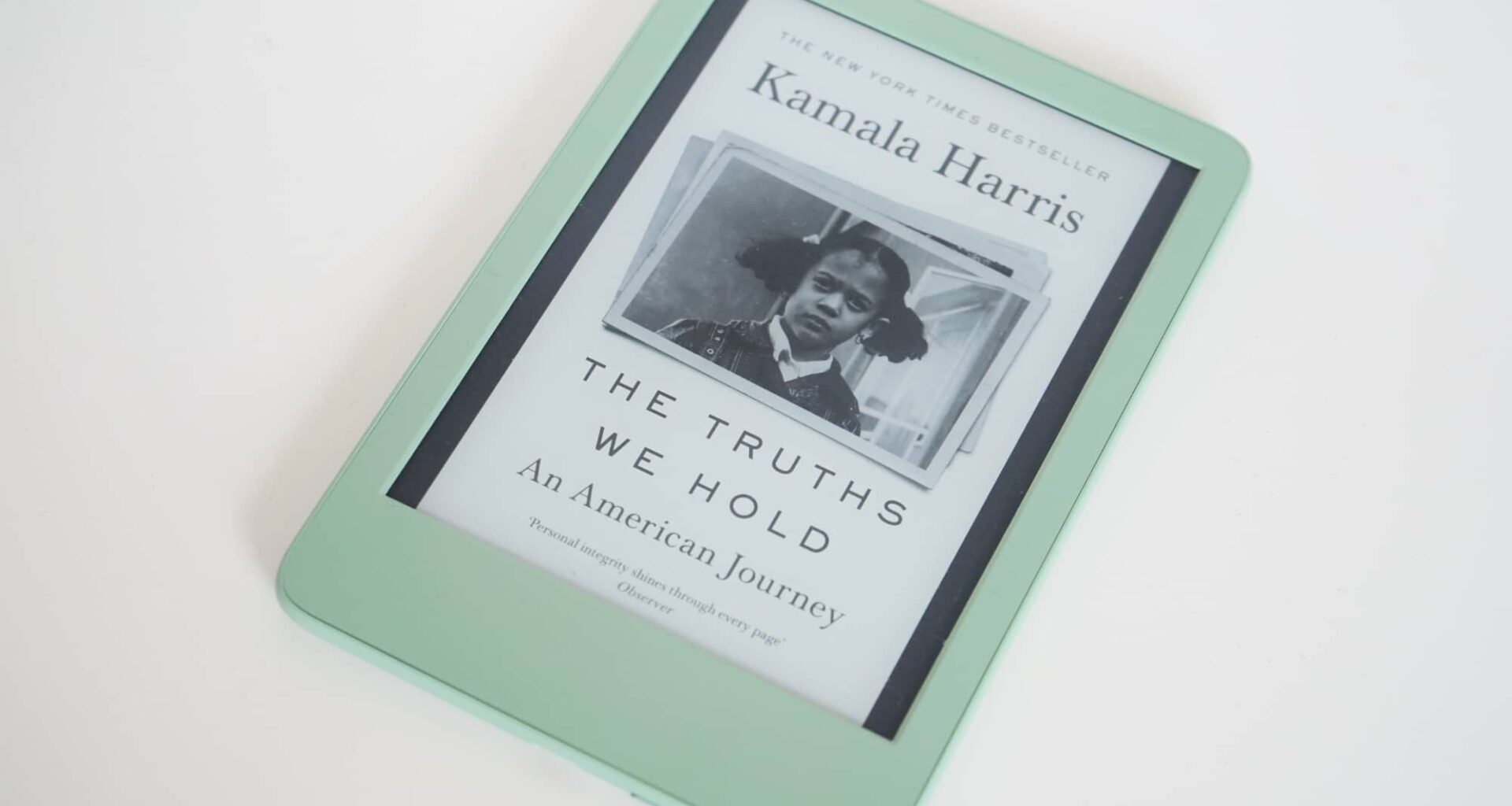Quick review
The good
The not-so-good
Jumping into the world of eBooks is a little brighter, faster, and a touch more expensive than it used to be, as the 2024 Kindle standard model arrives.
Reading is one of those joys technology can have a big impact on, and has over the past 15 years or so.
While you can still grab a printed book and take it with you, anyone can grab an eReader and take hundreds if not thousands of books anywhere they go, all in a device made to be thin, light, and available with plenty of power. A real book doesn’t need power, but it also can’t hold more than one of itself, and typically weighs more, too.
However, an eBook reader tends to cost more, which is why lower priced options like the standard Kindle exist. There are more expensive and premium editions, such as the Kindle Scribe you can write and draw on, as well as the previous super slim Oasis, but these days the standard Kindle is the model to start readers on an eBook journey.
Is the 2024 Kindle still the standard model to consider?

What is it?
The Kindle isn’t exactly a new device, and several generations in you probably know exactly what it does simply by hearing the name. A Kindle by any other name would simply be “e-reader”, but to many, it may as well be “Kindle”.
It’s a device that is essentially 16 years old, if you can believe it — marginally longer than this journalist has been reviewing technology, though arguably a lot more successful.
This generation is actually the 11th generation, which is interesting because so was the last generation, the model released in 2022. Two years later, Amazon has applied a tweak or two here, but good luck noticing them.
The design is the same. The six inch screen size is the same. The USB-C port is the same. Even the one button at the bottom is the same. You can fit the 2024 Kindle into the case of the 2022 Kindle, and the settings screen says it’s another 11th generation Kindle, just the 2024 release.
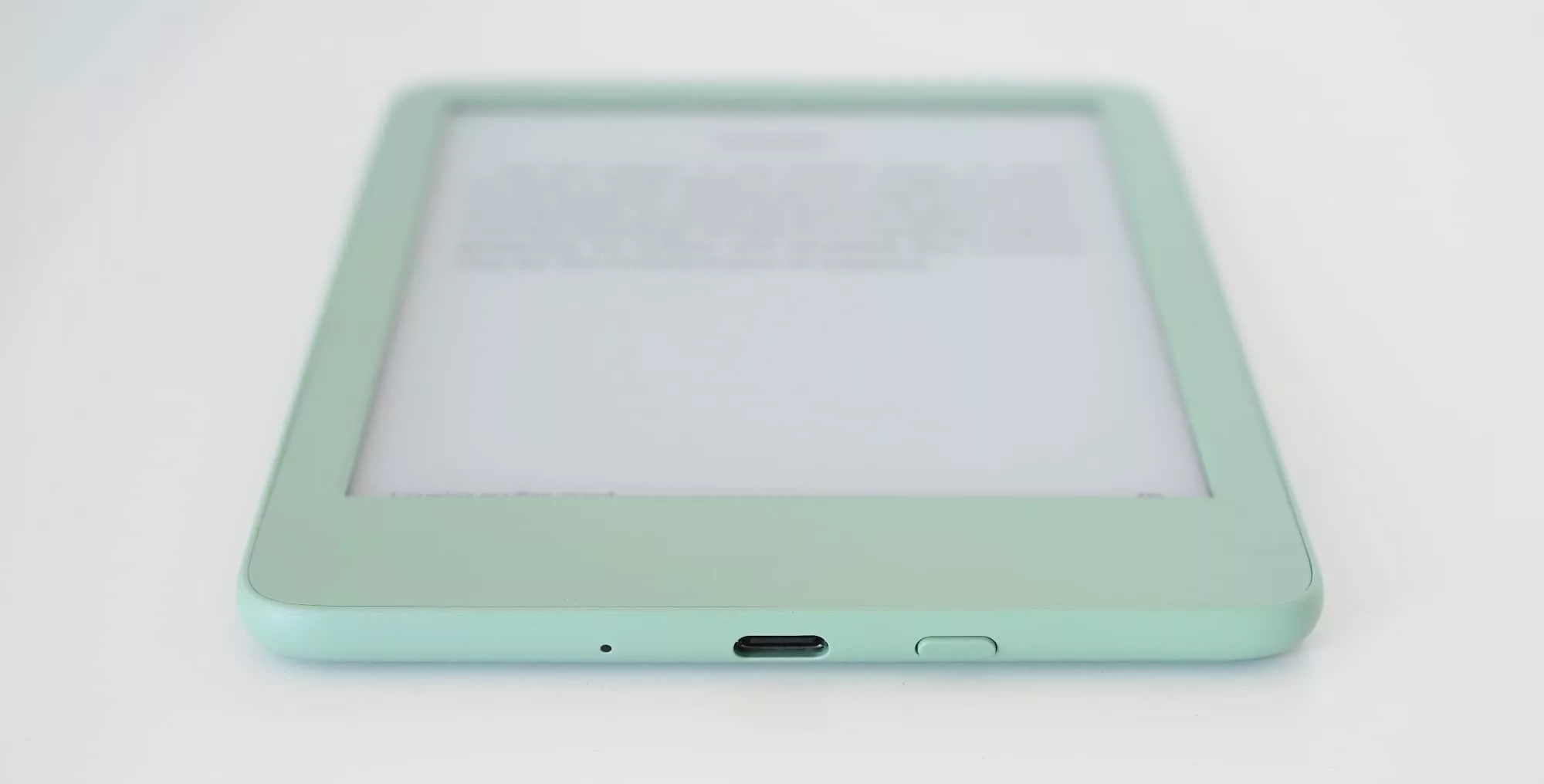
What makes it different?
The main change is on the front light, where it’s a little brighter than the older generation, while one other change improves the speed ever so slightly for page turns.
We say “ever so slightly” because good luck being able to tell the difference. It’s such a marginal speed enhancement that the only obvious indication is that the Kindle turns pages a little faster when making that comparison.
You probably won’t be upgrading from the 2022 Kindle to the 2024 edition. There’s just no reason.
Just about everything else is the same. There’s 16GB storage, a decent amount of battery life supporting up to six weeks, and a relatively sharp 6 inch electronic ink screen.
The standard Kindle now comes in a fetching “matcha” green variety, which is a little different from the standard black model we saw last time, but looks otherwise identical: touchscreen, large bezel, and power button at the bottom.
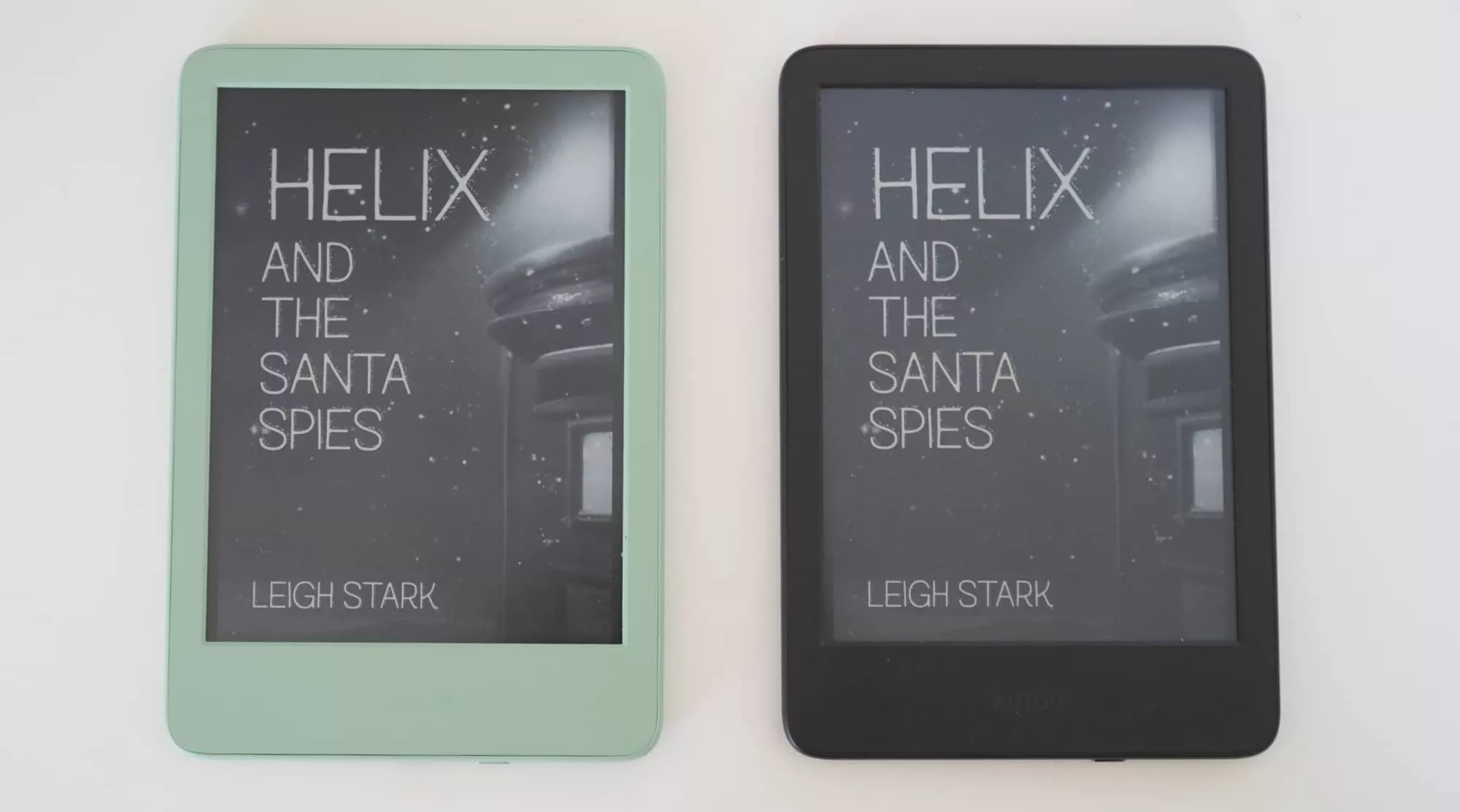
Does it do the job?
It’ll load eBooks about the same, and depending on whether you have a Prime or Kindle Unlimited account, you may find a selection of comics available in monochrome, as well. It’s not just book reading on the Kindle here.
Touch left and right to change pages, swipe down for one set of controls or swipe up for another. Using the Kindle is about as easy as it ever was, and the extra brightness at the maximum setting from the front-light means it’s a little easier to read in certain environments, too.
What does it need?
You won’t find any warm lighting in this model, however, which is a feature you’ll find starting from the Paperwhite edition.
One feature it definitely needs is water resistance, and again, this is clearly an upgrade path. Spend on the Paperwhite and higher, and you’ll find water resistance. It’s missing in action here, and would be a welcome addition, for sure.
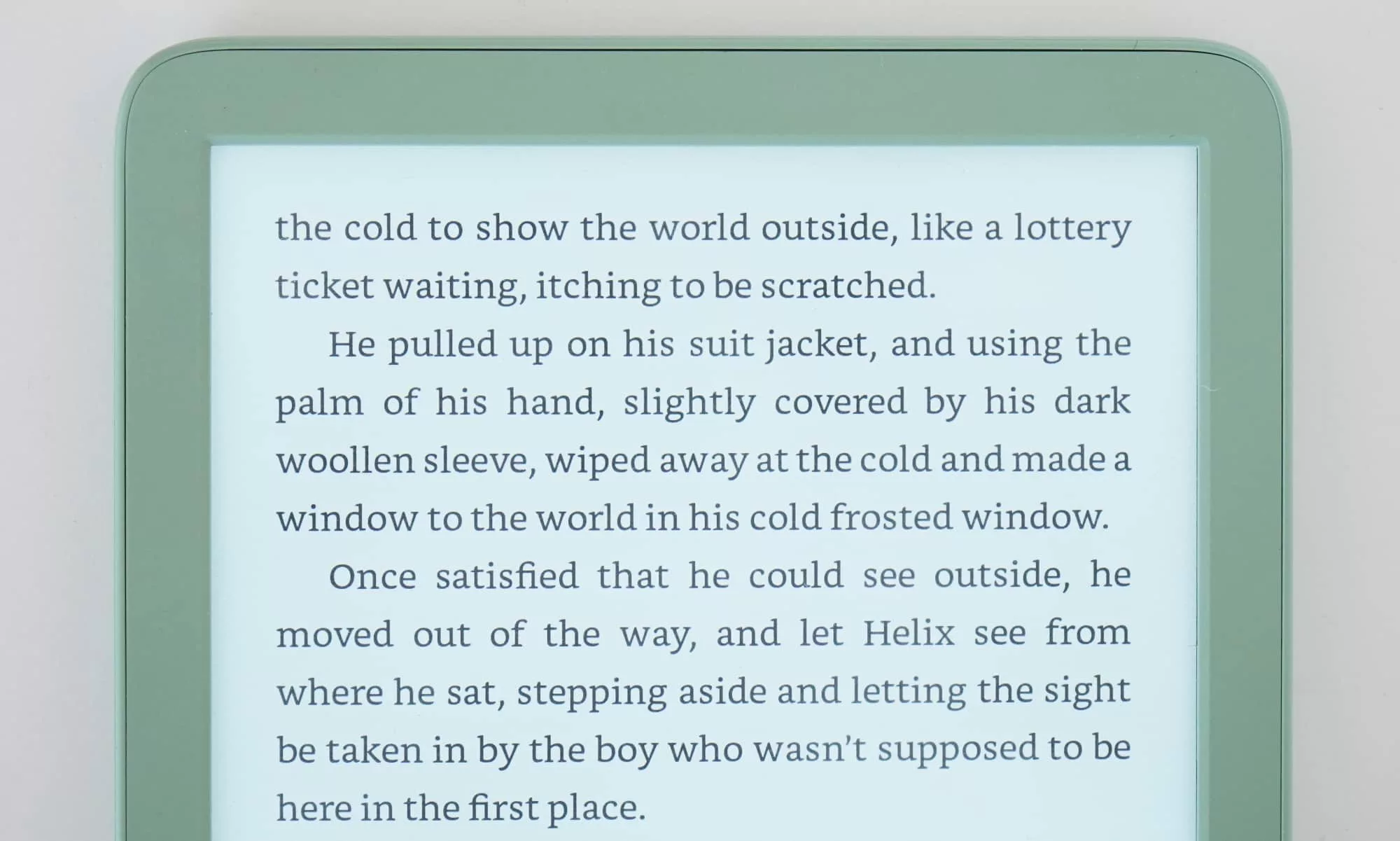
Is it worth your money?
The other change is one you’ll only realise when you glance at the cost: at $199, the 2024 Kindle is actually twenty dollars more than the $179 model released in 2022, even though it’s more or less identical. Marginally faster and slightly brighter, it’s not worth an extra $20 on top of the previous generation.
For $199, the 2024 Kindle isn’t terrible value, but it’s also worth being aware that before the 2022 edition, the entry level Kindle was an 8GB model that sold for $139. A few years and some changes to the conversion rate later, we’re not incredibly surprised by the jump in price, but it does make the Paperwhite more compelling at $299.
For $100 more, the new Paperwhite screen is an inch bigger at 7 inches, and comes with warm lighting as well as a waterproof design.
If anything, the $199 price of the standard Kindle is less compelling than the $299 price of the Kindle Paperwhite. And we suspect that’s intentional, upsells and all.
At $199, the standard Kindle is still worth considering if you only have $200 to spend on an eReader and want to live in the Kindle ecosystem, particularly given its lowest-priced competitor is the Kobo Clara BW for a good $40 more ($239). But it could still be less pricey, and we yearn for the days of a $140 eBook reader.
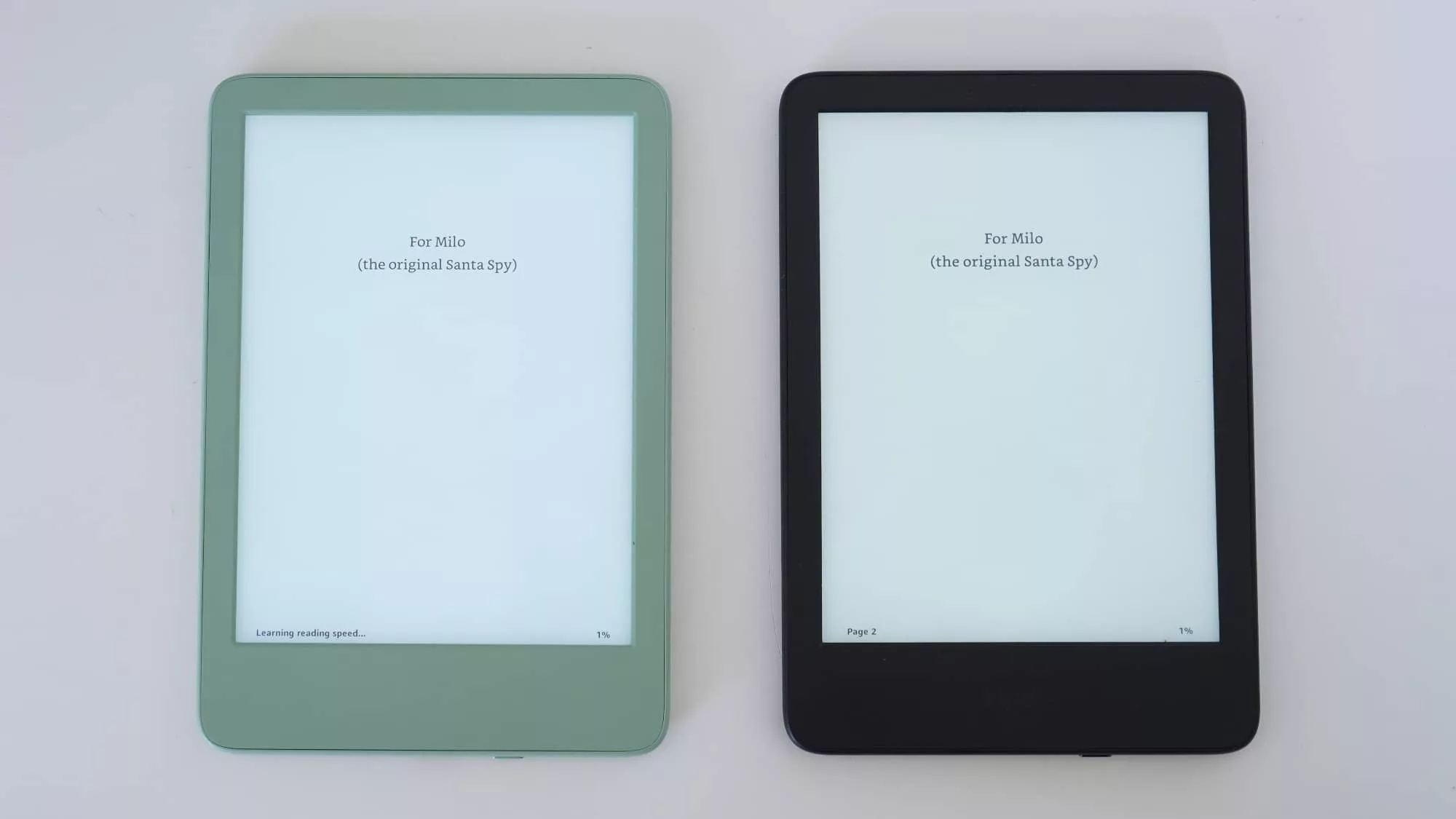
Yay or nay?
We’re always keen to see updates, particularly when there’s something new to talk about, but with the 2024 Kindle, there isn’t much to say.
It’s all about the little things, but without any major impact. The screen is a fraction brighter, the page turning is a fraction faster, and the price is a fraction more, as well. Little updates for a low-cost eReader.
We don’t expect these small updates to make a world of difference, but they are important, and keep Australia’s lowest cost new eBook reader that little bit better.
But you can still do better, and if you can part ways with $100 more for the larger Kindle, or even consider spending a little more on a competitor’s device, particularly if you don’t live in the Amazon ecosystem, you’ll likely have a better eBook experience overall.



